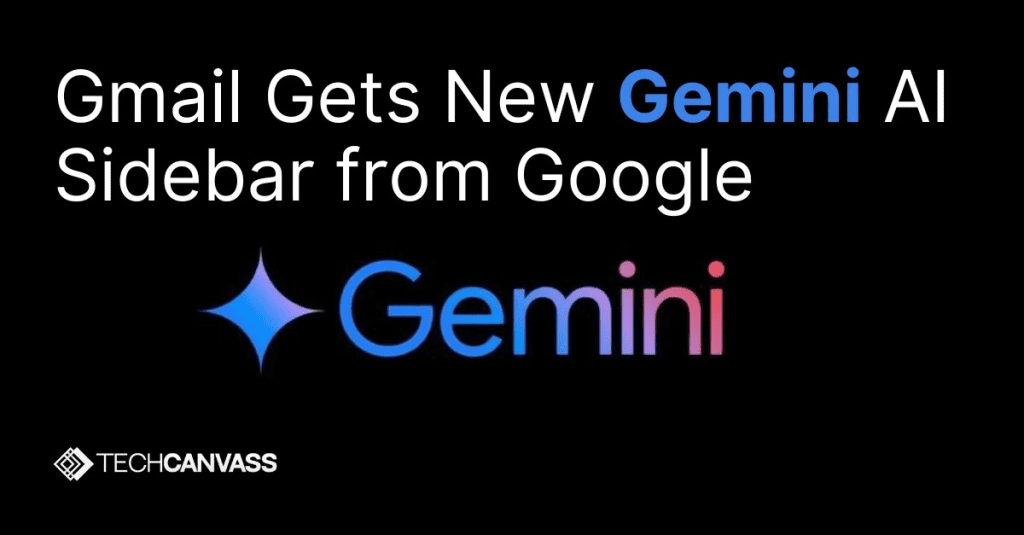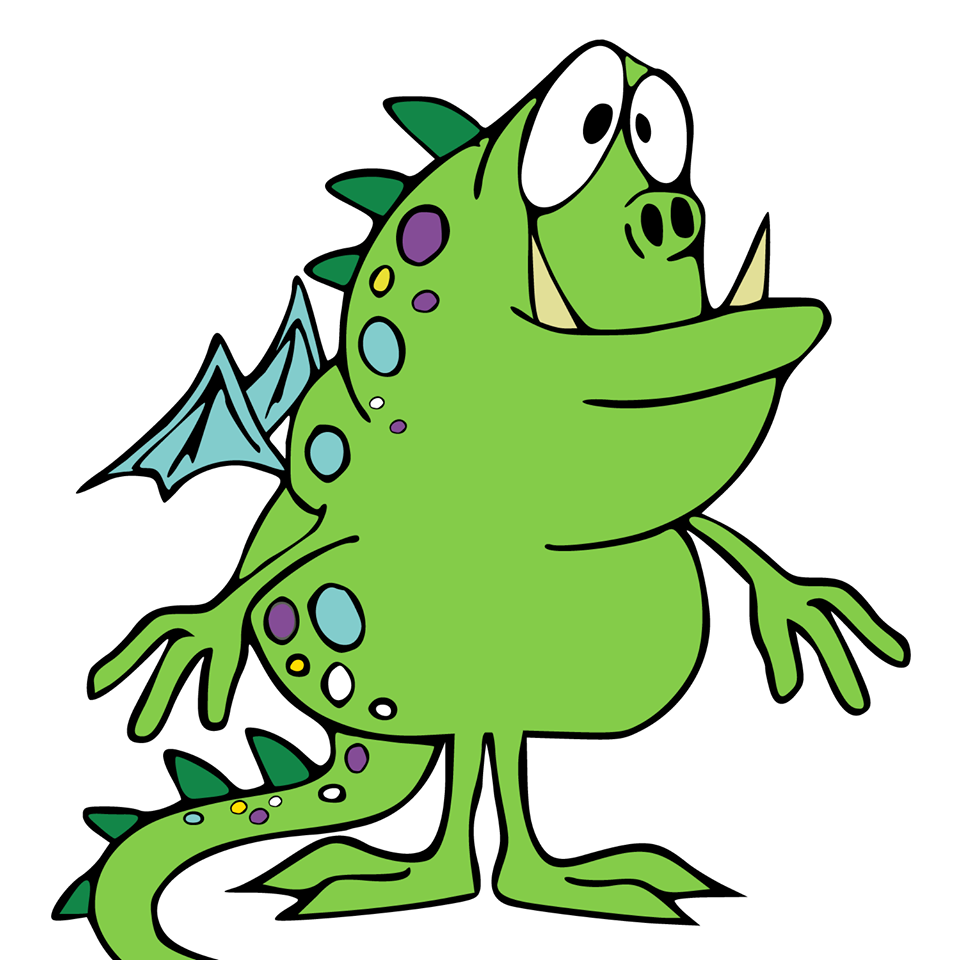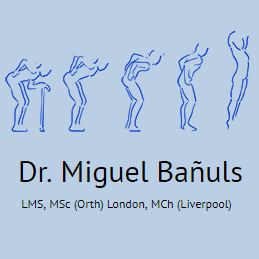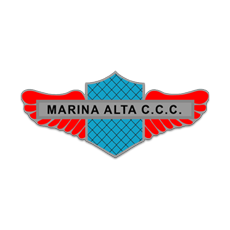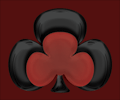The Gmail Gemini animation has captivated users with its dynamic and visually stunning effects, particularly when you hover over the iconic button. This animation showcases a sleek four-pointed star that elegantly spins while transitioning between various shapes, creating an enthralling visual experience. It serves as an excellent case study for those interested in CSS animation tutorials, especially when exploring SVG shapes in CSS. With hover effect animations that exemplify CSS shape morphing, replicating this enchanting effect offers a fantastic opportunity to enhance your own web projects. Join me as we delve into the intricacies of recreating Gmail’s animation and learn the techniques to master this stylish form of web design.
In this article, we will explore the fascinating world of the Gmail Gemini animation, which highlights the engaging interplay between shapes and animations in an online interface. This phenomenon captures the essence of modern web design, where SVGs and CSS animations come together to create a seamless user experience. Understanding these concepts is vital for web developers looking to implement similar hover effects in their projects or even engage in a Gmail animation recreation. By breaking down the components of this animation, we will uncover essential techniques in CSS shape morphing and the practical use of animation in enhancing user interaction. Let’s embark on this creative journey to unveil the magic behind the Gmail Gemini animation.

Introduction to Google Gemini’s Animation
The Google Gemini button has captured the attention of many Gmail users due to its captivating animations. The dynamic interplay of a four-pointed star and morphing shapes creates a visual spectacle that stands out on the interface. My curiosity led me to explore how to replicate this mesmerizing animation using cutting-edge CSS capabilities.
The challenge ignited a desire not just to mimic the end result but to understand the mechanics behind it as well. Leveraging the CSS shape() function along with transformative animations proved to be an engaging exercise in creativity and technical skill.
Designing the Shapes
To recreate the animation accurately, I decided on five essential shapes: a four-pointed star, a flower-like shape, a cylinder, a rounded hexagon, and a simple circle. Each shape required careful consideration and consistent anchor points to ensure smooth transitions.
Using Affinity Designer, I crafted these shapes and converted them into SVG formats. I later utilized a conversion tool to render the SVG paths into the CSS shape() syntax. This process involved meticulous attention to detail, particularly in ensuring all shapes shared an identical number of anchor points for seamless morphing.
Navigating Animation Challenges
As I began to animate the shapes, I encountered unexpected challenges, notably with the cylinder shape. At first, its straight lines caused abrupt transitions, disrupting the intended morphing effect. However, with some minor adjustments—adding curves to the straight lines—I managed to achieve the desired fluidity.
Through trial and error, I learned that animation is often about iteration. Each minor tweak in the path definitions had significant implications for the final output, highlighting the complexity and nuance of CSS animations.
Laying the Foundation with HTML
For the animation, I opted for a simple yet effective HTML structure, comprising a parent div and a child div to manage the intricacies of the animation. This division was crucial, especially since the visual relationship between the star and shape needed to be distinct.
Setting up the structure this way allowed me to control the overlapping elements effectively, avoiding issues of obscurity or clipping that often arise in CSS animations.
Crafting the Initial CSS Styles
With the HTML in place, establishing the basic CSS styles was straightforward. The shapes were defined within a defined space, allowing me to implement the clip-path feature for precise shape realization.
Creating a visually appealing aesthetic required thoughtful considerations of dimensions, colors, and background gradients that would enhance the animation’s visual impact. This preparatory work laid the groundwork for the more complex animations to follow.
Animating the Key Phases
Dividing the animation into distinct phases allowed me to tackle each aspect methodically. The first phase involved the star spinning while simultaneously changing colors, dynamically expanding the flower shape beneath it.
As the animation progresses, these shifts are mirrored in the reverse direction upon hover exit, reinforcing the cycle of interaction that defines user experience in modern web design.
Using Keyframes and Transitions
The realization that certain phases required keyframes while others could utilize transitions greatly influenced my approach. Keyframes document multiple states, thus facilitating fluid transitions between shapes during the animation.
This combination of methods allowed for nuanced control over timings and effects, permitting a more engaging experience without compromising performance.
Final Touches and Testing
After defining the animations, I meticulously tested each phase, ensuring that interactions were responsive and visually coherent. The goal wasn’t merely to replicate the animation but to enhance and refine the experience through optimized CSS.
It was imperative to refine elements to ensure smooth transitions between hover states, culminating in a coherent visual narrative that communicates interactivity clearly to the user.
Reflecting on the Experience
This exercise in recreating Google’s Gemini animation was a rewarding endeavor filled with learning moments. Each obstacle faced provided insights into the subtleties of CSS design and animation.
Ultimately, the venture encouraged creativity, patience, and a deeper appreciation for the technical artistry embedded within what appears to be simple user interface animations.
Conclusion and Invitation for Input
In conclusion, recreating the Google Gemini button animation was not just a technical feat but an exploration of creativity within constraints. The experience is a reminder of the myriad approaches one can take when tackling animation.
I would love to hear your thoughts on this process. How might you approach a similar challenge, and what insights do you think could enhance the animation even further?
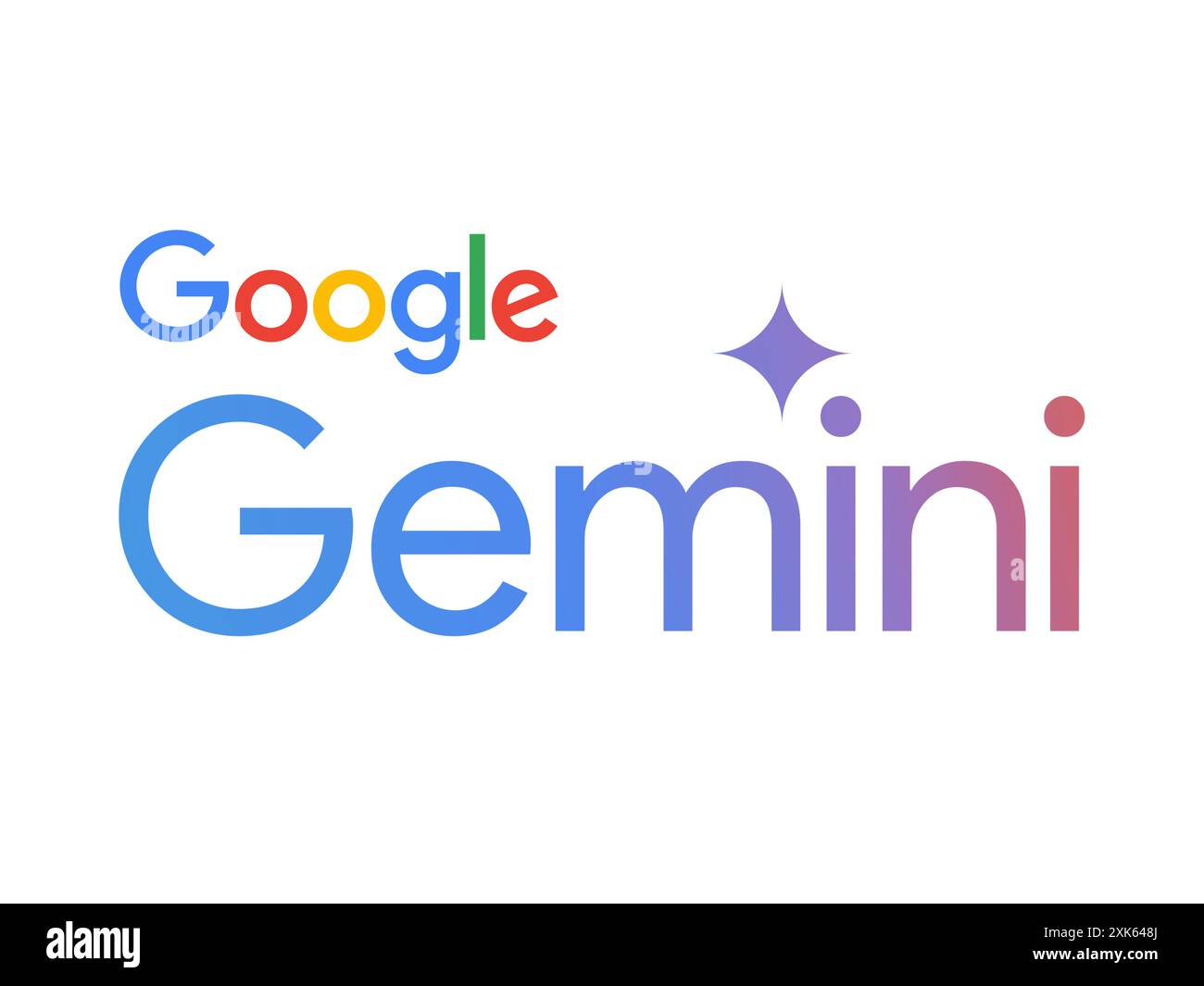
Concluding Thoughts on Recreating Google Gemini Animation
In conclusion, recreating the Google Gemini button animation showcases the immense potential of CSS for web design and interactive elements. Through meticulous attention to detail in defining shapes with the CSS shape() function and careful animation using keyframes and transitions, one can achieve visually appealing results that closely mimic complex animations seen in professional applications. The challenge not only emphasizes creativity but also provides deep insights into the functionalities of CSS, demonstrating how seemingly simple elements can transform into dynamic visual experiences on the web.
As we’ve explored, the entire process comes down to understanding key factors, such as the matching of anchor points for smooth transitions between shapes, the positioning of elements, and the effective use of CSS variables for maintainable code. Reflecting on this experience, developers are encouraged to experiment with CSS and push the limits of their creativity. Key takeaways include:
– The importance of equal anchor points in animated shape transitions
– The advantages of using CSS variables for clearer code management
– How CSS animations can significantly enhance user engagement and interface experience.
Final Reflections and Future Directions
While I have successfully recreated the Gmail animation, it’s essential to recognize that animation techniques are continually evolving. The process of transitioning from one shape to another can also inform us regarding how to approach future projects and enhance our understanding of CSS capabilities. As we continue to explore new possibilities, I urge developers to consider the emotional impact their animations might have on users, ensuring that they add value rather than distract from the user experience.
Looking ahead, the challenge of animating elements opens a doorway to explore new CSS properties and experiment with frameworks that simplify these processes. By engaging in such projects, developers can enhance their skill sets while contributing to a vibrant community of innovative thinkers. Ultimately, how one approaches such animations reflects their unique design philosophy, and sharing these reflections can inspire others to explore their paths. Remember, creativity in web design is limitless—what will your next challenge be?

